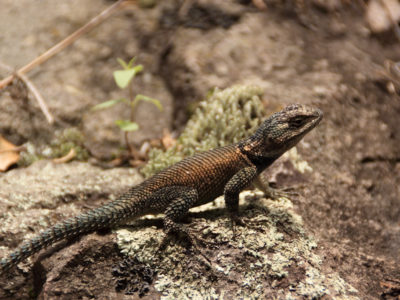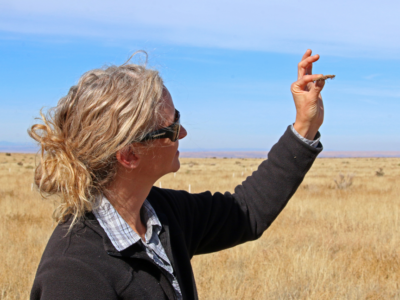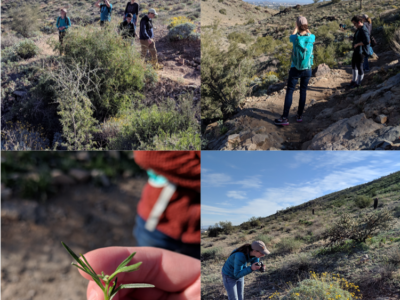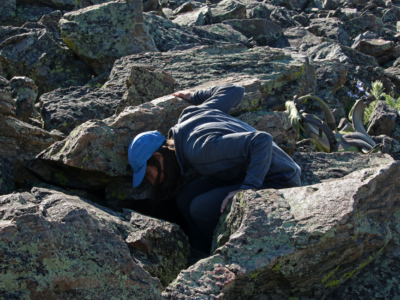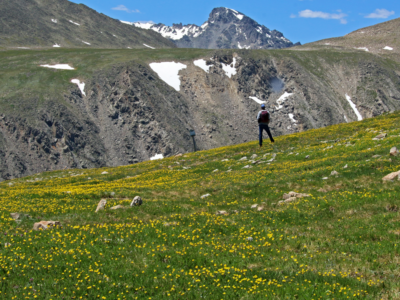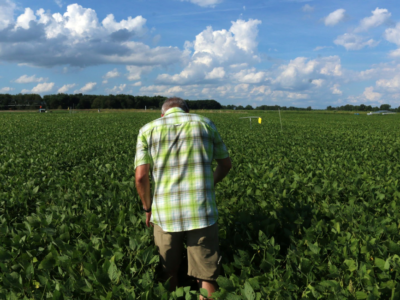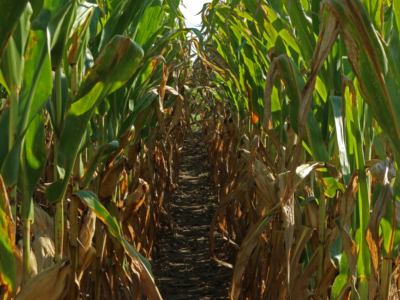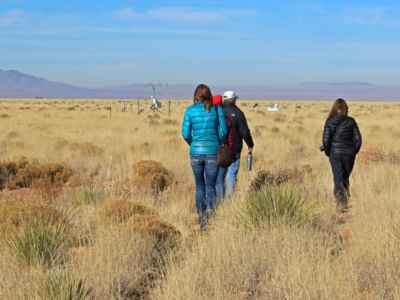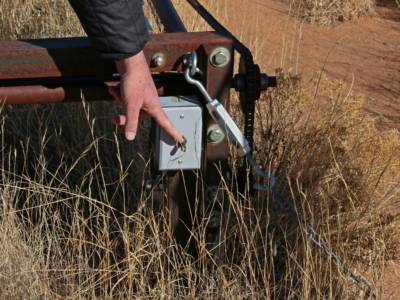Integrating Human and Environmental Responses in Urban Ecology
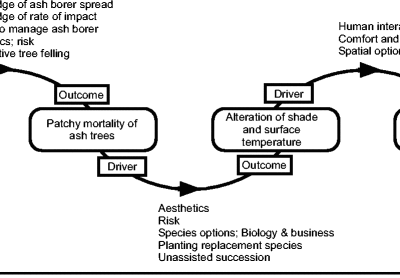
Multidisciplinary research is a positive shift toward understanding the complexity of human-natural systems. However, combining social science and ecological science methods does not necessarily equate to integration of ideas. Drawing from their urban ecology and environmental anthropology backgrounds, a group of LTER researchers propose using conceptual frameworks that go beyond characterizing social-ecological interactions as stepwise… Read more »

